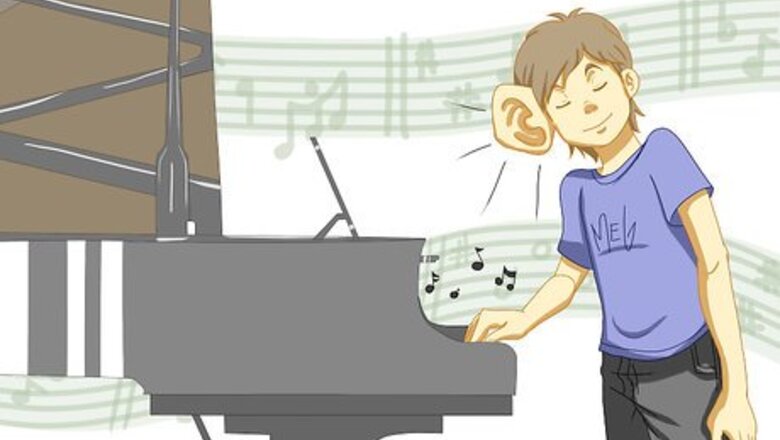
views
Learn By Ear
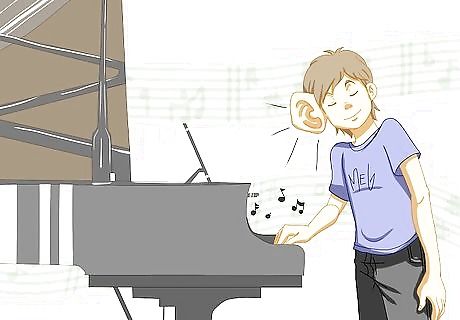
Get Access to a tuned piano. This is important for learning by ear, so that way you can play what you learn on other pianos without confusion. If you don't have access to a tuned piano, then you can still do this step, although it will be harder transfer your skills onto another piano.
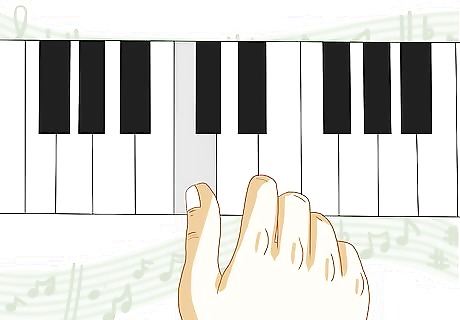
Place your right thumb on middle C. Use an app or the internet to find out what middle C sounds like, than match it on your piano. This is important for basic piano fingering.
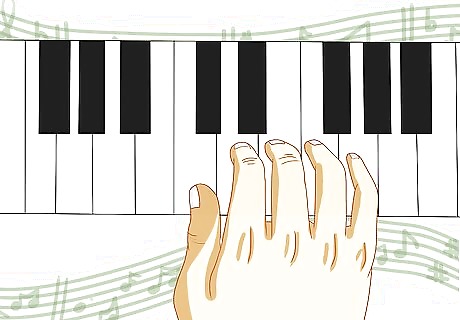
Allow the rest of your fingers to fall where they feel comfortable.
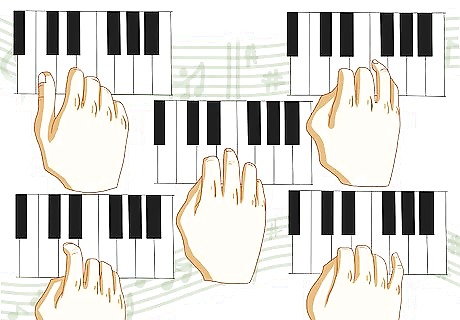
Practice playing different notes with the fingers on your right hand. It might be hard at first, but as you strengthen your fingers you will find it gets easier. Your fingers will begin to memorize the placement in this position.
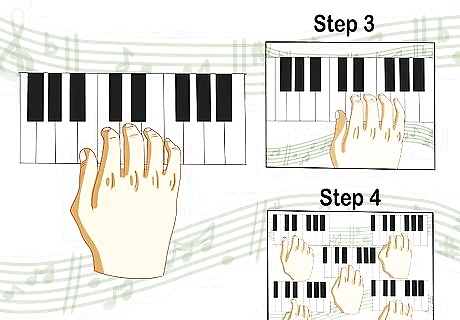
Move your thumb around, and repeat steps 3 and 4 with your right hand. Get used to moving your hand- it's important to learning all of the notes!
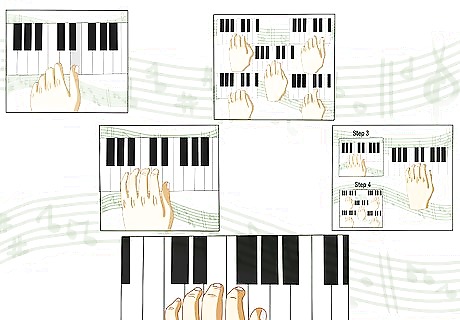
Repeat Steps 2-5 with your left hand. Place your Left thumb on the G below middle C (3 white notes below middle C).
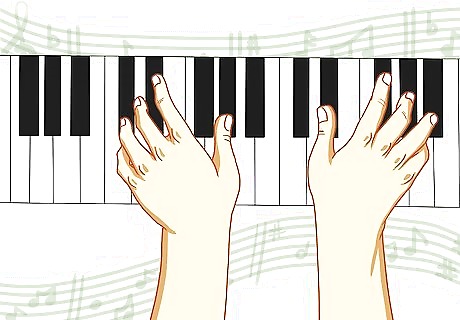
To do black keys (sharps and flats) simply move your fingers to the black keys wherever they feel comfortable. Then repeat steps 4 and 5.
Learn by Sight

Have access to a piano. This option is good if you're not sure your piano is in tune.

Print out a keyboard with the keys labeled (C, D, E, F, G, A, B).
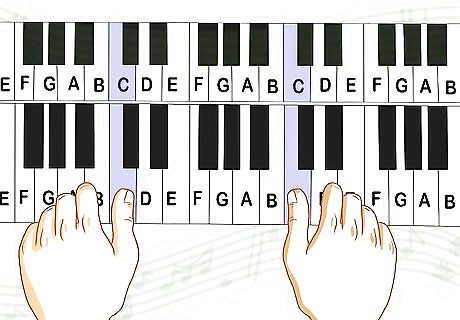
Place your thumb on the key that matches the C.
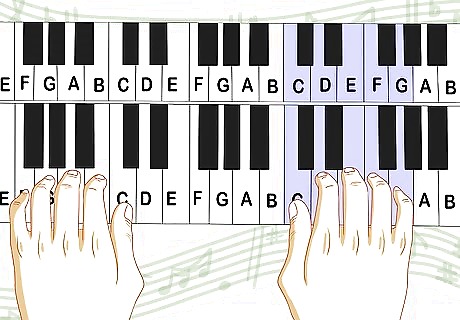
Match the rest of your fingers to a key. Pointer finger goes on D. Middle Finger Goes on E. Ring Finger goes on F. Pinky Goes on G.
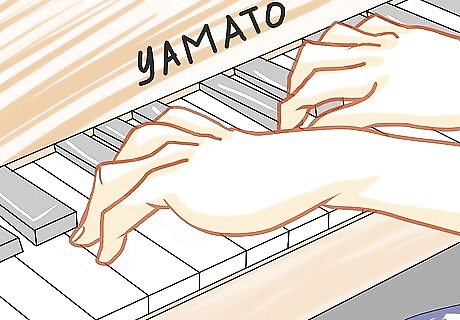
Strengthen your fingers on these notes. Practice skipping notes and spelling words.
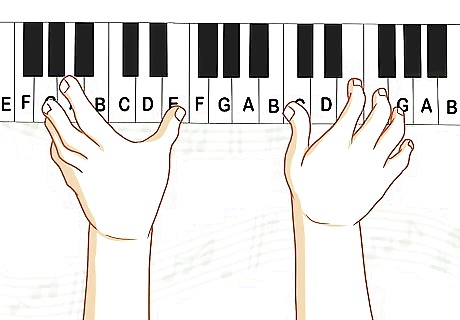
Move your Fingers, keeping them in the same 5-finger note position.
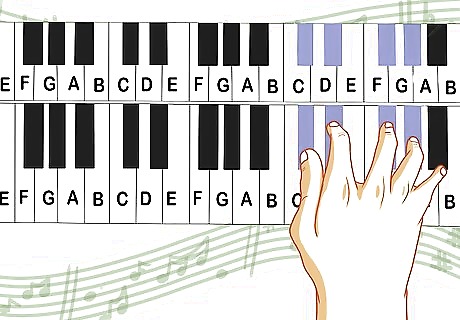
To play black keys, move the correct finger onto the correct key. The index finger plays the note between C and D. The middle finger plays the note between D and E. The ring finger plays the note between F and G. The pinky finger plays the note between G and A.
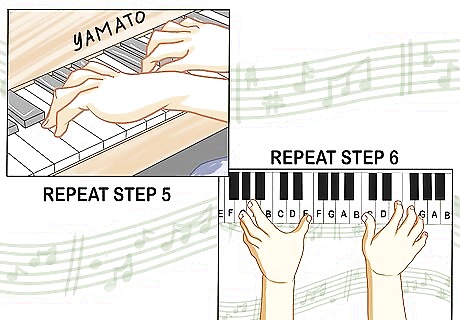
Repeat steps 5 and 6 with the new notes.


















Comments
0 comment